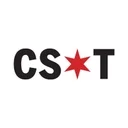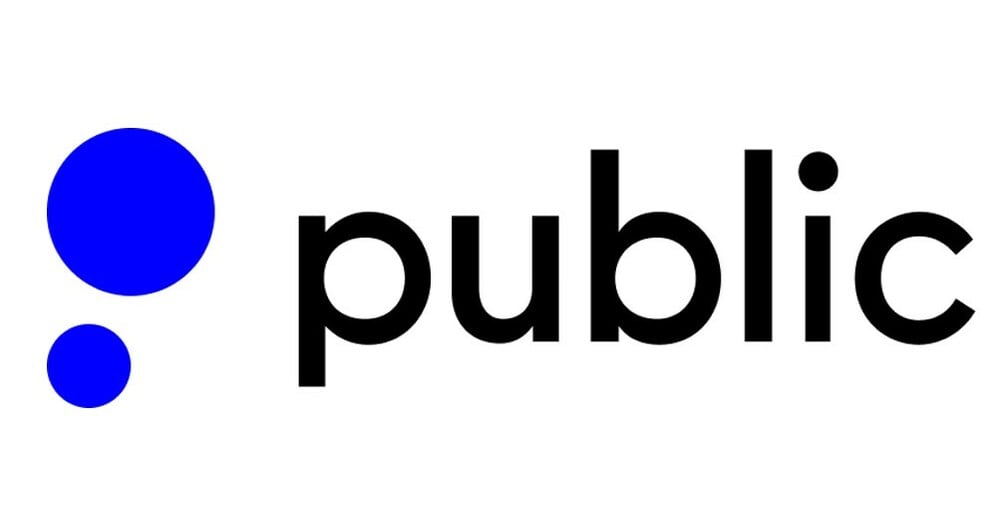7 Best Ways to Invest $50,000
Settle on your goals for the $50,000, then understand how to pick the right accounts and diversify your investments.

Many, or all, of the products featured on this page are from our advertising partners who compensate us when you take certain actions on our website or click to take an action on their website. However, this does not influence our evaluations. Our opinions are our own. Here is a list of our partners and here's how we make money.
The investing information provided on this page is for educational purposes only. NerdWallet, Inc. does not offer advisory or brokerage services, nor does it recommend or advise investors to buy or sell particular stocks, securities or other investments.
If you're able to invest $50,000, there are several options to examine. Depending on your needs, that money could be used to bolster your retirement savings, invest in your child's education or act as a stepping stone to building long-term wealth.
But there are some important things, such as taxes, to consider when forming a game plan. Think of the following seven suggestions as a buffet: take a little of each one, or load up on the ones you like. And mind the fine print.
NerdWallet rating 4.8 /5 | NerdWallet rating 4.6 /5 | NerdWallet rating 4.6 /5 |
Fees $0 per online equity trade | Fees $0 | Fees 0% - 4% varies by type of transaction; other fees may apply |
Account minimum $0 | Account minimum $0 | Account minimum $0 |
Promotion None no promotion available at this time | Promotion Earn up to $10,000 when you transfer your investment portfolio to Public. | Promotion Get $200 in crypto when you sign up. Terms Apply. |
How to invest $50,000
1. Look into investment accounts
An investment account is the place where you store both the funds you'll use to invest and your investments themselves. Investment accounts, if chosen correctly, can potentially offer incredible tax-saving benefits. That's why it's worth taking the time to think carefully about where you want to store your investing dollars. You may even want to split your $50,000 among multiple different types of investment accounts, depending on the type of benefits they offer.
For example, if you add $7,000 to a Roth IRA and then add the remaining $43,000 to a traditional brokerage account, you'll receive a very favorable tax treatment on your $7,000.
If you're saving for a college fund, look into 529 college savings plans. The IRS allows you to front-load 529 plan contributions, which are subject to the annual gift tax exclusion.
» Learn more about the various types of investment accounts
2. Explore low-cost investments
If you're invested in an asset for the long term (which is one of the best strategies for saving for retirement), you'll want to ensure your investments aren't costing you more than they should.
Some actively managed mutual funds have high expense ratios, which are annual fees charged as a percentage of your assets. For example, if you invest all $50,000 in a mutual fund that charges a 1% expense ratio, you'll pay more than $13,000 in fees over the course of 30 years. If you choose a fund that charges 0.25%, you'll pay a little more than $3,600 in fees.
One of the easiest low-cost investments to explore is an index fund. These funds allow you to invest in many companies all at once and are less risky than investing in a single stock. A Standard & Poor’s 500 index fund, for example, holds some of the largest companies in the U.S.
3. Consider diversifying your assets
Diversification is the practice of purchasing a wide range of investment types to potentially offset the risk of market volatility. With $50,000, you can easily add some diversification to your portfolio.
Explore investments that range in sector and geography. For example, you can look into clean energy ETFs, tech stocks or China ETFs.
You can also look into funds that hold small and medium-sized companies and those that hold assets from international and emerging markets. For nearer-term goals or to balance out risk, you can explore bond ETFs.
If you want to invest in specific companies you can research individual stocks.
» Explore the best-performing stocks
There’s no right or wrong asset allocation, but you do want to settle on the best investment mix for your needs — and by “needs,” we mean your ability to stomach risk, your investment goals and your time horizon.
4. Max out your retirement accounts
If your company offers a 401(k) that matches employee contributions, and you haven’t been contributing or contributing enough to earn that match, consider letting this $50,000 free up your budget so you can do so. If you have been contributing, consider upping your existing contribution.
A 401(k) has an annual contribution limit of $23,500 in 2025. People age 50 and older can contribute an extra $7,500 as a catch-up contribution. Due to the Secure 2.0 Act, those ages 60, 61, 62 and 63 get a higher catch-up contribution of $11,250.
Traditional and Roth IRAs are other tax-advantaged ways of saving for retirement. If you don't have an IRA, you can decide if you'd like to open one. If you already have an IRA, consider upping your contribution if you're not already maxing it out. These, too, have annual contribution limits — $7,000 in 2025 ($8,000 if age 50 and older). Keep in mind that IRAs have to be funded with earned income. So you'd fund your IRA with money from your job and put the $50,000 toward what you would normally spend your paycheck on.
Use our Roth IRA calculator to figure out just how much your Roth IRA contributions can add up.
» More: Best IRA accounts
5. Optimize for tax implications
If you're adding new investments to your portfolio, it's worth looking at them in terms of their tax efficiency. Because a brokerage account is taxable, it makes sense to hold investments that carry a low tax burden — such as stock index funds and municipal bond funds — in that account.
Investments that are taxed as ordinary income or that generate capital gains tax, like corporate bond funds and mutual funds, could go into a tax-deferred account such as a traditional IRA or 401(k).
6. Invest for more than retirement
As far as financial goals go, retirement hogs all the attention. But a windfall can allow you to consider secondary goals, such as a house down payment or college for your kids.
A house is not an investment, but it is an asset. Assuming your home holds value, your monthly mortgage payments build up a pot of equity you can tap one day. But first, you’ll need a down payment, and it can take years to save up. This extra cash can go a long way toward speeding up that process.
7. Chat with an advisor
If you're looking for guidance when it comes to investing your money, it may be worth talking with a financial advisor. They can guide you through investing strategy, financial planning and alternative investments such as cryptocurrency.
Financial advisors can also help you with estate planning, stock options and RSUs, trusts and even tax strategies.
Online financial advisors provide similar services to traditional advisors for a fraction of the cost. For example, at Vanguard Personal Advisor, you’ll pay 0.35% of your account balance and work with a team of advisors. According to the 2024 State of Financial Planning and Fees study from Envestnet, a company that develops software for the wealth management industry, the average percentage fee for a traditional advisor is 1.05% of assets under management.
It may sound committing, but many financial advisors offer free consultations where you can ask questions and make sure they would be a good fit for you.
» Learn how to choose a financial advisor













